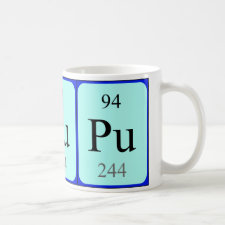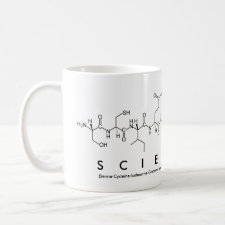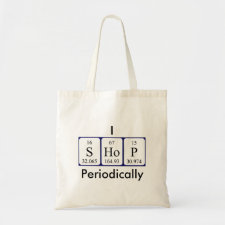
Authors: Emgenbroich M, Wulff G
Article Title: A new enzyme model for enantioselective esterases based on molecularly imprinted polymers.
Publication date: 2003
Journal: Chemistry - A European Journal
Volume: 9
Issue: (17)
Page numbers: 4106-4117.
DOI: 10.1002/chem.200304783
Abstract: An efficient enzyme model exhibiting enantioselective esterase activity was prepared by using molecular imprinting techniques. The enantiomerically pure phosphonic monoesters 4L and 5L were synthesized as stable transition-state analogues. They were used as templates connected by stoichiometric noncovalent interactions to two equivalents of the amidinium binding site monomer 1. After polymerization and removal of the template, the polymers were efficient catalysts for the hydrolysis of certain nonactivated amino acid phenylesters (2L, 2D, 3L, 3D) depending on the template used. Imprinted catalyst IN (imprinted with 4L) enhanced the hydrolysis of the corresponding substrate 2L by a factor of 325 relative to that of a buffered solution. Relative to a control polymer containing the same functionalities, prepared without template 4L, the enhancement was still about 80-fold, showing the highest imprinting effect up to now. In cross-selectivity experiments a strong substrate selectivity of higher than three was found despite small differences in the structure of the substrate and template. Plots of initial velocities of the hydrolysis versus substrate concentration showed typical Michaelis-Menten kinetics with saturation behavior. From these curves, the Michaelis constant K-M and the catalytic constant k(cat) can be calculated. The enantioselectivity shown in these values is most interesting. The ratio of the catalytic efficiency k(cat)/K-M, between the hydrolysis of 2L- and 2D- substrate with IP4, is 1.65. This enantioselectivity derives from both selective binding of the substrate (KML/KMD = 0.82), and from selective formation of the transition state (k(cat)L/k(cat)D = 1.36). Thus, these catalysts give good catalysis as well as high imprinting and substrate selectivity. Strong competitive inhibition is caused by the template used in imprinting. This behavior is also quite similar to the behavior of natural enzymes, for which these catalysts are good models



Join the Society for Molecular Imprinting

New items RSS feed
Sign-up for e-mail updates:
Choose between receiving an occasional newsletter or more frequent e-mail alerts.
Click here to go to the sign-up page.
Is your name elemental or peptidic? Enter your name and find out by clicking either of the buttons below!
Other products you may like:
 MIPdatabase
MIPdatabase









